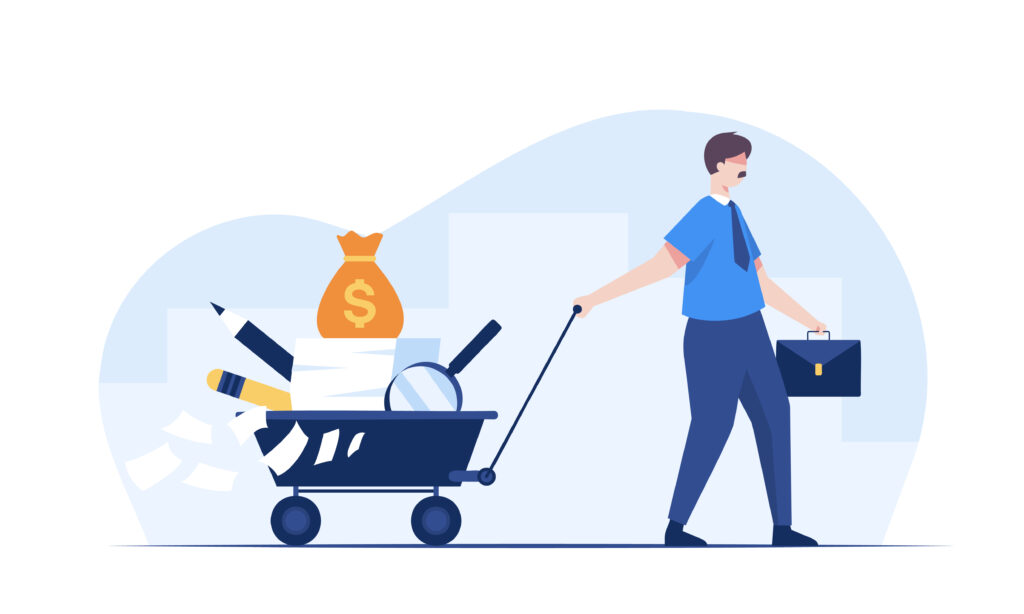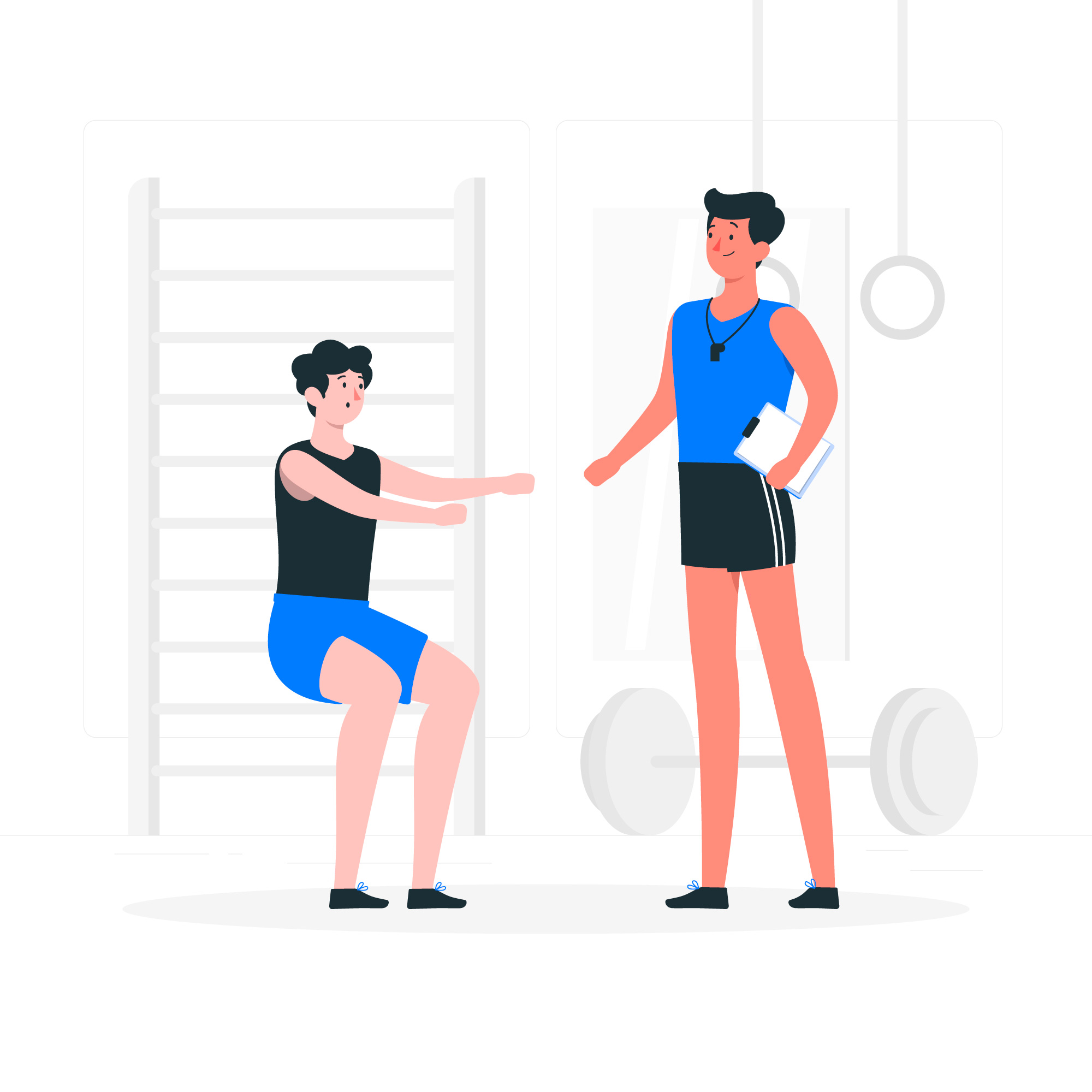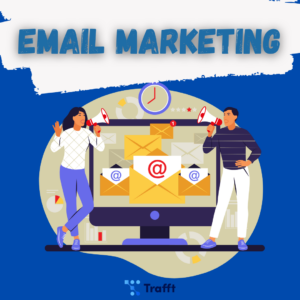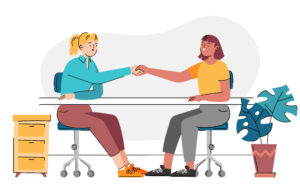Boost growth and keep customers smiling - that’s what upselling is all about. Not only does using upselling strategies boost your business but it also enhances customer satisfaction by matching clients with the perfect service that exceeds their expectations.
Companies that use upselling may see up to 75% increase in customer retention rates. But what exactly do we mean by upselling in the context of the service industry?
Whether you’re just starting a small business or you’re steering a larger company, get ready to discover how upselling strategies can boost your revenue and enrich your customer relationships. Let’s get started!
What is Upselling?
Upselling is a sales technique that encourages customers to purchase more expensive items, upgrades or add-ons in an attempt to make a more profitable sale.
These add-ons complement what the customer is already purchasing, and you earn additional pennies.
Upselling vs. cross-selling
Upselling involves encouraging customers to buy additional or premium service that enhances their initial choice, while cross-selling is a complementary strategy that broadens the customer's purchase by adding related products or services.
Both of these strategies aim to increase the value of a customer’s purchase; however, they achieve this in a slightly different way.
What does upselling look like in service industries?
In the service industries, upselling manifests itself in various creative and beneficial ways.
If your client opts for a basic haircut and you or your stylist recommend a deep conditioning treatment to rejuvenate their hair for a modest extra charge, you've successfully upsold an enhanced service at your salon.
They will go home with a better haircut than they expected, and your salon will earn additional revenue.
When a client comes for a routine checkup at your dentist’s office, it is a perfect opportunity to suggest an additional teeth whitening treatment. You'll enhance their smile, upsell your services, and improve their customer experience.
In fact, every service business has the opportunity to implement effective upselling strategies. Hotels offer room upgrades with a panoramic view, automotive services recommend high-grade oil when customers go for a simple oil change, and a waiter in a restaurant might suggest specialty desserts following the main course.
Each scenario is designed to enhance the client's experience by offering more personalized and premium options. Customers love to feel taken care of, pampered, and valued, and upselling taps into this desire by giving them tailored service and enhancing their satisfaction.
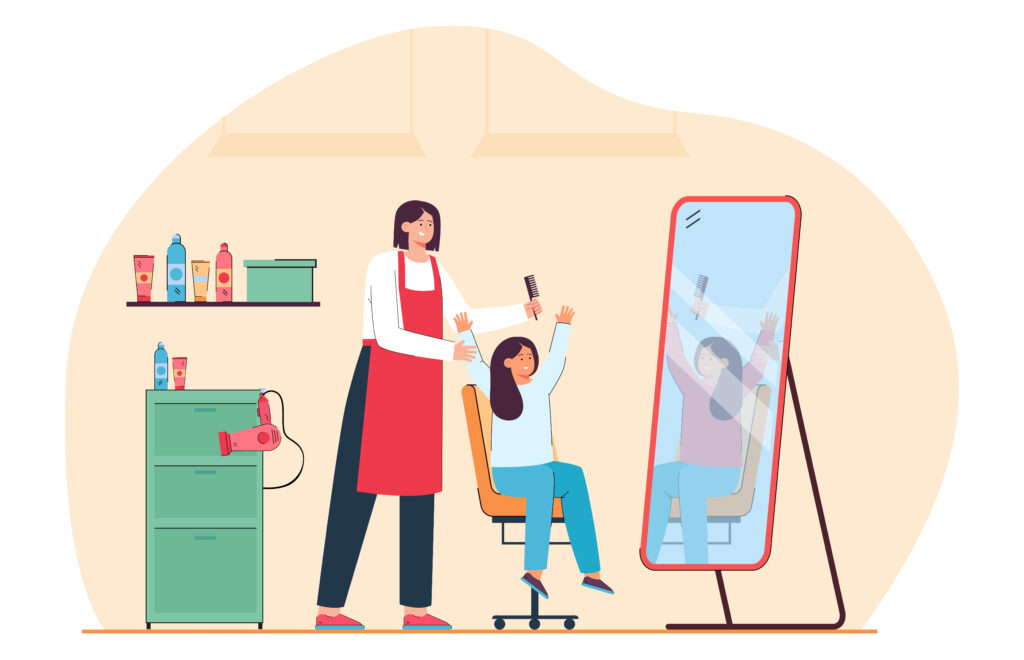
Image by pch.vector on Freepik
What are the benefits of upselling for service businesses and customers?
Upselling offers benefits for both service businesses and their customers.
Implementing this strategy in your business operations can significantly increase revenue. By encouraging customers to choose premium services or upgrades, not only can you increase transaction size, but also improve profit margins.
In addition, upselling strategies can enhance client retention, make them feel more appreciated and cared for, and foster loyalty with valuable additions or superior options.
From the customer’s perspective, upselling enhances their service experience. Upselling techniques allow businesses to offer services that are more closely aligned with individual needs and expectations, personalizing their customer journey.
Tailored solutions ensure your services meet the specific requirements or desires of your customers, making upselling a win-win situation for both parties.
8 Upselling Strategies for Service Businesses
#1 Understand client needs and preferences
You need to know what your customers value in order to successfully upsell. You can gather insights into their needs by employing techniques like feedback forms, satisfaction surveys, purchase history reviews, customer interviews, social media listening, and customer mapping.
Feedback forms
Feedback forms will allow you to directly gather customer insights. Include questions about potential upgrades or features your customers might value. Place these forms post-service or transaction to capture immediate feedback.
Satisfaction surveys
Satisfaction surveys help measure customer happiness and discover needs that aren’t being met. You can send these as an automatic follow-up email to ask them about changes in their preferences, and identify any new or evolving requirements they might have. This way you can adjust your upselling approaches.
Purchase history review
Analyzing customers’ purchase history can reveal buying patterns and preferences, guiding you to make more relevant upselling offers. For example, if a client frequently books one type of service, you can suggest a premium version and increase your upselling opportunities.
Customer interviews
Asking your clients directly about what they need and value can help you identify opportunities for upselling that are closely aligned with their expectations.
Social media listening
Monitor social media for mentions and feedback related to your brand. Tools like Hootsuite can help track customer sentiments, and indicate potential upsells that your clients would like.
Customer journey mapping
Customer journey mapping involves creating a detailed diagram that outlines every step a client goes through when interacting with your company, from initial awareness all the way through post-purchase activities.
This process can help you understand the customer's experience at each point of contact, which can reveal the most strategic moments to introduce upsells. By mapping out their journey, you can identify key opportunities where upselling feels relevant and timely.
Google Analytics
Use Google Analytics to analyze clients’ behavior on your website. This tool helps track everything from page views and bounce rates to click paths and conversion funnels. If you keep track of these patterns, you can tailor upselling strategies more effectively. As a result, you'll offer targeted upgrades or additional services that align with user interests and behaviors.
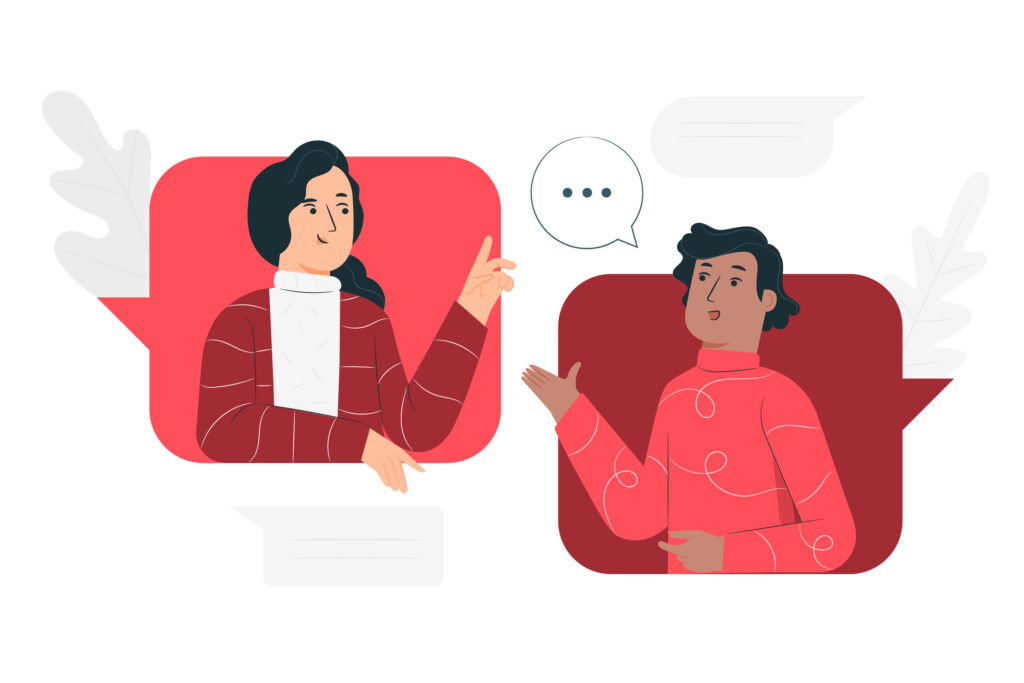
#2 Train your staff for effective upselling
To bear the fruit of upselling, you and your staff must acquire some selling skills. Firstly, work on effective communication. Try being an active listener and develop empathy to better understand and respond to customer needs.
Secondly, ensure your staff has thorough product knowledge and can recognize when and how to introduce upsells effectively. Training should emphasize how to explain the benefits of an upsell to show the value to the customer.
#3 Personalize upselling offers
Use customer data to design upsell offers that match the client's specific needs and preferences. Look at their past purchases and feedback to understand what each customer values most.
The tailored approach is the most important part of upselling. If your clients don’t see the need for an additional service, they’ll think you’re trying to make them spend more money without an apparent reason.
#4 Offer service upgrades
One of the most important upselling strategies is to offer service upgrades. You can introduce premium packages that enhance standard offerings, or extend additional time or features to your service.
For example, hotels often offer their guests a chance to upgrade to a room with a superior view or additional amenities for a slightly higher fee. This approach enhances guests’ stay, and increases the hotel’s revenue. Similarly, airlines might offer passengers a chance to upgrade to premium seats with more legroom or priority boarding during the check-in process. The passenger gets a better seat, and the airline earns additional money.
#5 Suggest add-on services
A great way to encourage customers to upgrade their purchase is by offering an additional service that enhances their initial choice.
Practical examples include car dealerships. They often suggest add-on services during the sale of a new car. This can include extended warranties, car maintenance packages, or premium tire options. These services complement the primary purchase, improve customer satisfaction and give them peace of mind, all while increasing the dealership’s profits.
#6 Be careful of the right timing when offering upsells
It’s very important to offer additional services at the right moment of a customer's buying journey. The perfect time for upselling is when the customer is already engaged and willing to proceed with the purchase.
If you’re a cleaning business owner, the best moment for additional upgrades is just after a customer has booked a standard cleaning, but before the service is delivered. This is the moment when they’re most receptive to enhancements that could improve their experience. If they booked a standard cleaning, offer a deep cleaning package for areas like the kitchen or the bathroom.
This timing takes advantage of the customer's interest in a clean space and increases the chance to offer more valuable services.
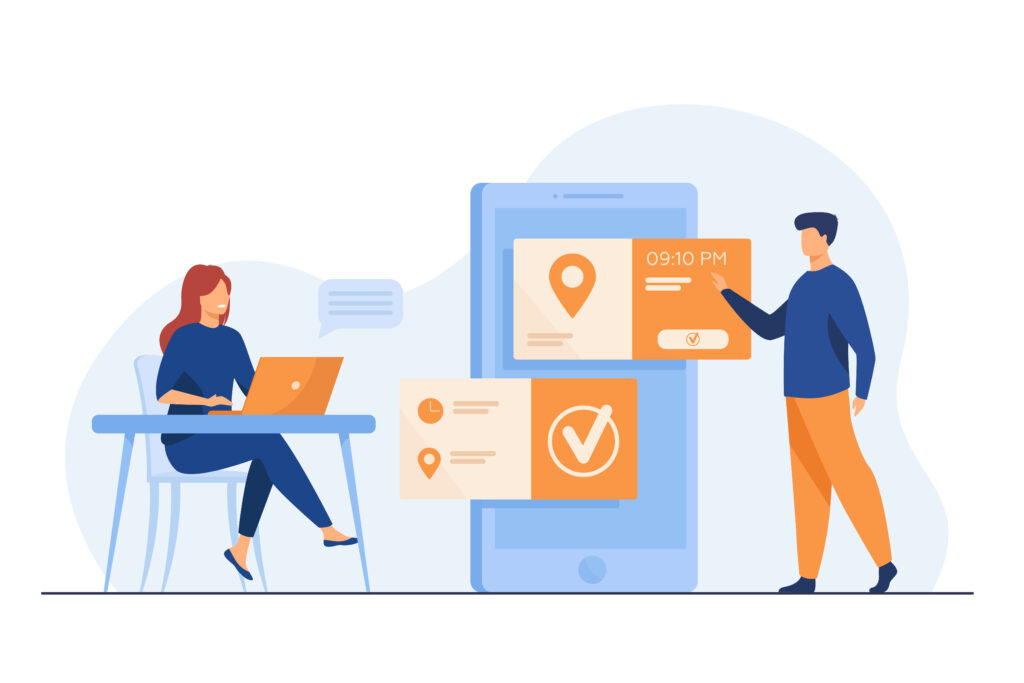
Image by pch.vector on Freepik
#7 Use data and client history to identify upsell opportunities
Successful service businesses leverage data and client history to uncover upsell opportunities.
Take a consultancy firm, for example. By analyzing past project data, the firm can identify clients who have previously engaged with basic consultation packages. The firm can then upsell by offering these clients more comprehensive services, such as strategic planning sessions, personalized training programs, or advanced analytics reports that build on the initial consultation.
If you know your clients' preferences and past behaviors, you can offer more advanced service packages that provide greater value and drive higher revenue.
#8 Try out booking software to leverage upselling
Upselling and booking software?
Yes, with Trafft you can have both!
Trafft’s dedicated booking page can lead your clients to choose additional and upgraded services. If your client books a basic hair trim, at the end of their buyer’s journey, Trafft can suggest additional services such as deep conditioning treatment, scalp purification, head massage, and everything else you wish to add to your services!
Trafft lets your clients pay online safely, streamlining the payment process with secure transactions. You can send automated notifications like follow-up emails and SMS reminders to prevent no-shows, send invoices, and manage taxes.
But most importantly, Trafft can offer additional services when your customer is booking, seamlessly integrating both upsell and cross-sell opportunities into the booking process itself!
Take Trafft for a test ride, and don’t forget - it's FREE for up to five users!
Smart Digital Signage in Upselling
These digital displays can be customized in real time based on customer preferences and behavior, ensuring that the upsell offers are relevant and appealing. Integrating smart digital signage into your upselling strategy not only captures customer attention but also makes the upselling process seamless and visually compelling.
Common Upselling Mistakes
- Failing to understand the customer: One critical error in upselling is not knowing what the customer needs and prefers. Without this understanding, attempts to upsell can feel irrelevant and pushy.
- Being too aggressive: Upselling should be helpful, not forceful. Aggressive sales tactics can irritate your clients, and damage their trust and loyalty.
- Upselling the wrong service: If you offer a service that doesn't align with the client’s actual needs, it leads to dissatisfaction and lost sales opportunities.
- Not offering value: Upsells must enhance the customer experience or solve a specific problem. Without clear benefits, upselling can seem like you’re just trying to get money out of their pockets.
Closing Thoughts on Upselling for Service Businesses
Mastering the art of upselling enhances your business’s profitability, but more importantly, fosters a loyal customer base.
If you implement thoughtful upselling strategies - understand client needs, train staff effectively, and offer personalized service upgrades - you set your business up for success. As you show you really care about your clients and tailor your services to meet their individual preferences, you not only meet but often exceed client expectations, creating a cycle of satisfaction and repeat business that is crucial for long-term success!

